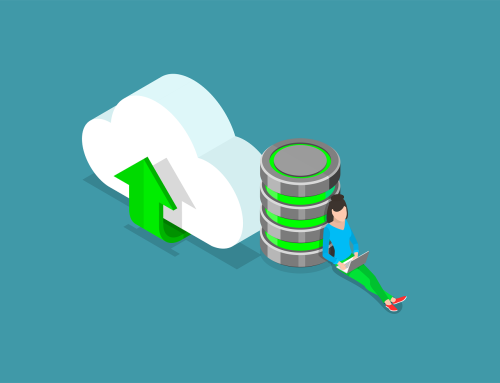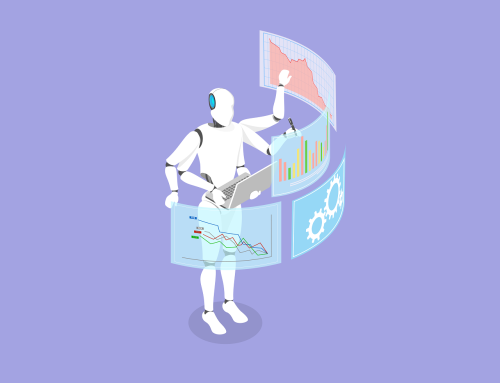Choosing the Right LLM for your Organisation
A large language model (LLM) is a type of artificial intelligence designed for natural language processing tasks such as language generation. It uses deep learning techniques and large datasets to understand, summarise and generate new content.
As of early 2025, there are many large language models out there to choose from to assist your organisation with tasks such as automation, content generation and general support.
While your organisation can use multiple LLMs for daily tasks, enterprise pricing plans can easily raise costs and make you think twice about which LLM is worth sticking to. The decision should be based on the balance between specialisation and cost-efficiency, depending on your business goals.
Discussed below are some of the pros and cons of each of the most-used LLMs available to businesses.
ChatGPT
ChatGPT is OpenAI’s generative artificial intelligence chatbot based on the GPT-4o large language model. While it only launched in 2022, it gained over 100 million users in its first two months of launch.
Pros
- High quality responses are usually generated with ChatGPT.
- Can handle a wide range of tasks from creative writing to coding.
- User friendly app and desktop website and is easily accessible.
Cons
- Not as up to date as other LLMs as it’s trained off older data.
- More expensive than the alternatives – This is especially true for the latest versions such as GPT-4.
- Often generates misleading or unproven material – Response will still need to be manually approved and verified by a human
Gemini
Gemini (formerly known as Bard) is Google’s large language model developed to directly compete with OpenAI. It became available to Google users through their Google accounts in select countries in March 2023.
Pros
- Very up to date with the latest trends.
- Handles a large amount of data as it’s trained off Google’s data.
- Has access to Google Search and other services.
- Integration with the Android ecosystem.
Cons
- Limited customisability and integration with other third-party platforms.
- Often misinterprets the user, sometimes resulting in unreliable responses.
Grok
Grok is a generative artificial intelligence chatbot developed by xAI using the large language model of the same name. It was launched in November 2023 with direct access through the X (Twitter) platform.
Pros
- High quality image generation
- Very up to date as it’s trained off live social media posts.
Cons
- Integrated and trained by social media, meaning responses can be based on misinformation.
Llama
Llama is a family of large language models released by Meta AI in February 2023. It’s main focus to help researchers advance their work in the subfield of AI.
Pros
- Runs locally, meaning you can ensure your data stays safe.
- Open sources accessibility, allowing for more transparency and customisation by developers.
Cons
- Not as powerful as the alternatives.
- Not widely integrated into other platforms like other LLMs.
- Less polished and less used than competitors.
Claude
Claude is a family of large language models developed by Anthropic, first launched in July 2023. It’s primarily designed to perform tasks involving language, reasoning, analysis and coding,
Pros
- Excels at document summarisation and boiling down large amounts of information quickly.
Cons
- Limited knowledge base, meaning it’s not up to date with the latest information.
DeepSeek
DeepSeek is a China-based AI software company whose first product is a DeepSeek open source LLM, launched in July 2023.
Pros
- Excels at technical and scientific tasks.
- Cheaper to use than ChatGPT while outperforming it at many tasks.
- Users can download it to their own servers and run and build on it, also for free, which is a plus for privacy.
- Certain versions of DeepSeek’s models are open source, allowing users to modify and improve the code.
Cons
- Different varieties of censorship can be found when using the platform.
- Limited real-world testing as there’s a smaller user base.
- Poor integration with third-party software at the moment.









